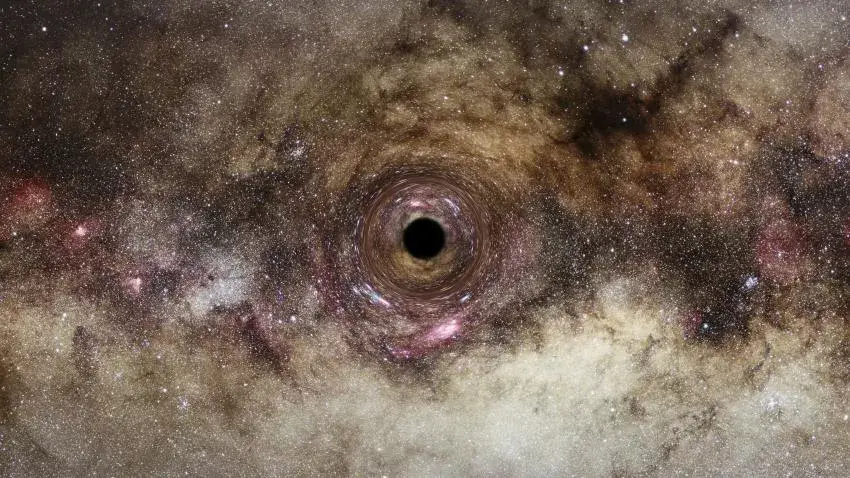Astronomers have made a groundbreaking discovery of what may be the largest black hole known to date.

This cosmic monster, an ultramassive black hole, has a mass of 30 billion suns and is located at the center of a galaxy hundreds of millions of light-years away from Earth. This discovery was made possible through the phenomenon of gravitational lensing, where the gravity of a foreground galaxy magnifies a background object.
The black hole, located in one of the galaxies of the Abell 1201 galaxy cluster, is one of the biggest ever detected and is on the upper limit of how large black holes can theoretically become. The team arrived at the size of the black hole by analyzing the magnification of the foreground object in a series of images taken by the Hubble Space Telescope. They used sophisticated computer modeling to simulate how much light bends around the foreground galaxy where the black hole resides.
Interestingly, this black hole is not very active, meaning it’s not swallowing too much material and therefore not producing strong X-ray radiation. Such black holes are nearly impossible to study by other methods. However, gravitational lensing makes it possible to study inactive black holes, something not currently possible in distant galaxies. This approach could let us detect many more black holes beyond our local universe and reveal how these exotic objects evolved further back in cosmic time.
This discovery opens up new possibilities for understanding the evolution and nature of black holes, and it underscores the importance of gravitational lensing in studying distant and inactive black holes.

